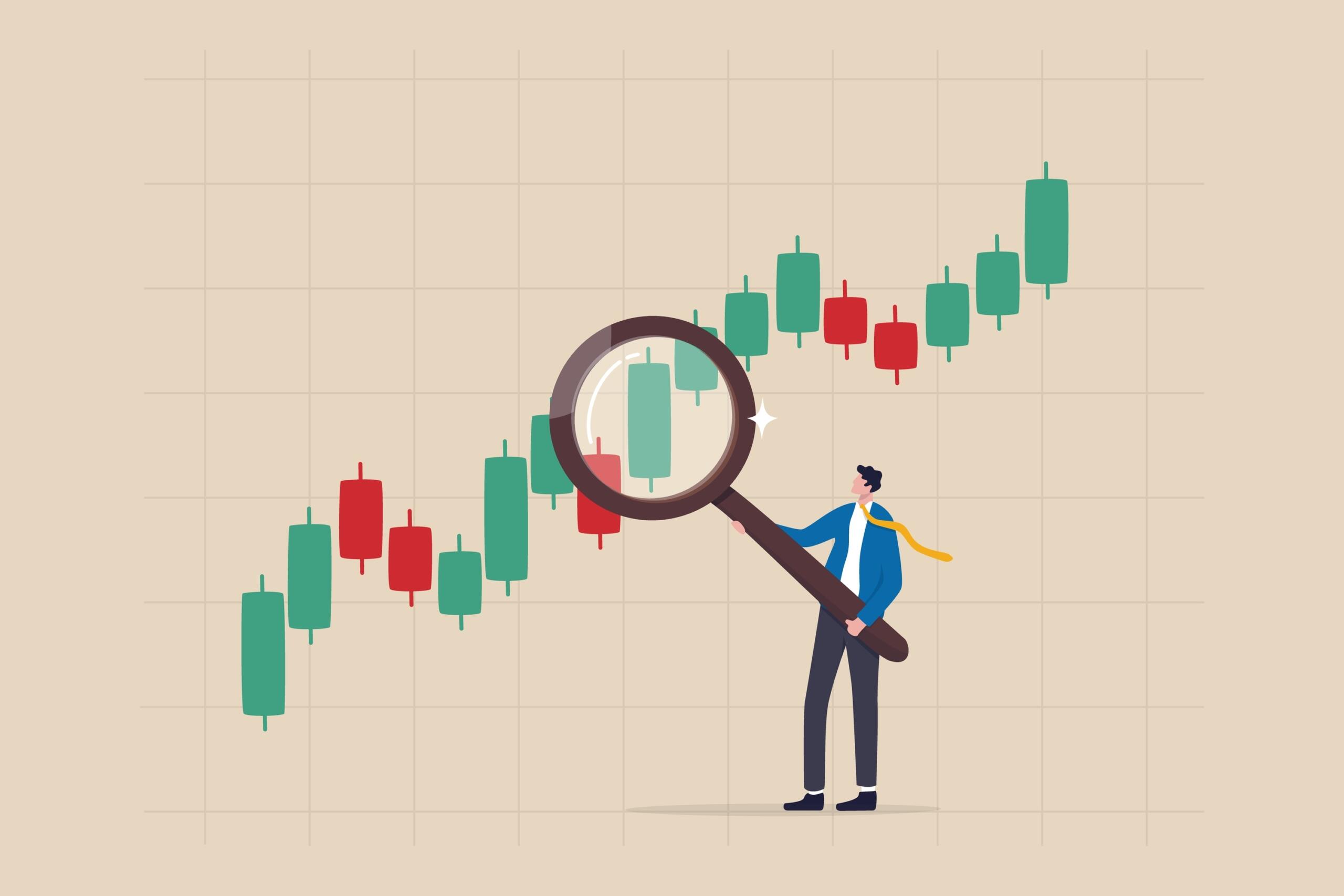Summary: What is the S&P 500?
The Standard and Poor’s 500 (more commonly known as the S&P 500) is a stock market index. It tracks the performance of 500 large companies listed on U.S. based stock exchanges. It is by far one of the most commonly recognized and followed indexes.
What Companies are Included?
Companies from 11 sectors depict the U.S. stock market and broader economy’s health. To be eligible to be included in the S&P 500, companies must meet the following criteria:
- Have a market capitalization of at least $8.2 billion
- Be based in the U.S.
- Be structured as a corporation and offer common stock
- Be listed on an eligible U.S. exchange
- Have positive as-reported earnings over the most recent quarter (in addition to the four recent quarters when added together)
There are other factors as well, but these are the main considerations. Due to these stringent criteria, the S&P 500 includes only the most prominent and stable U.S. companies. This is one reason why many investors favor this index, appreciating its strength and diversification. The list of the companies included are reviewed and updated quarterly.
What Does It Measure?
As mentioned, the S&P 500 tracks the market capitalization of its 500 constituent companies, measuring their stock value. If you’re unfamiliar with it, market capitalization is calculated by multiplying a company’s outstanding shares by its current stock price. For instance, if a company has 1 million shares held by shareholders at a $5 share price, its market cap would be $5 million.
The value of the S&P is calculated based on the market cap of each company that’s included and it’s adjusted to consider the number of shares that are traded publicly. The companies that are included are given a specific weighting in the S&P 500 based on the company’s individual market capitalization divided by the S&P 500’s total market capitalization. This means that companies with larger market caps are weighted more heavily than companies with smaller market caps.
Can I Invest in the S&P 500?
Yes! You can purchase index funds that track the S&P 500. Investing in these index fund means diversifying across the same holdings as the index itself.
Regularly investing in the S&P 500 is an effective way to begin building wealth with a diversified portfolio for long-term gains. VFV and VOO are examples of S&P 500 index funds, with VFV being Canadian and VOO serving as its U.S. counterpart. Click here to learn more about VFV & VOO).
What is the Average Return?
Since its inception in 1957, the S&P 500 has had an average annual total return of approximately 10%, which includes dividend yield as well (not adjusted for inflation). Although this sounds great and has been lucrative for investors, this does not mean that it was a linear 10% per year. Rather, there are years where the S&P 500 has been down and others were it has rallied significantly. Short term there will be ups and downs, but over the long term the S&P 500 has been a consistent “up and to the right” investment.
Understanding that there will be short term turbulence at times (think the market crash of 2008…) is important for investors as investing in the S&P requires a long term horizon and a willingness to accept market volatility. Staying principled and focused on the long term is essential, despite market fluctuations like corrections and bear markets.


